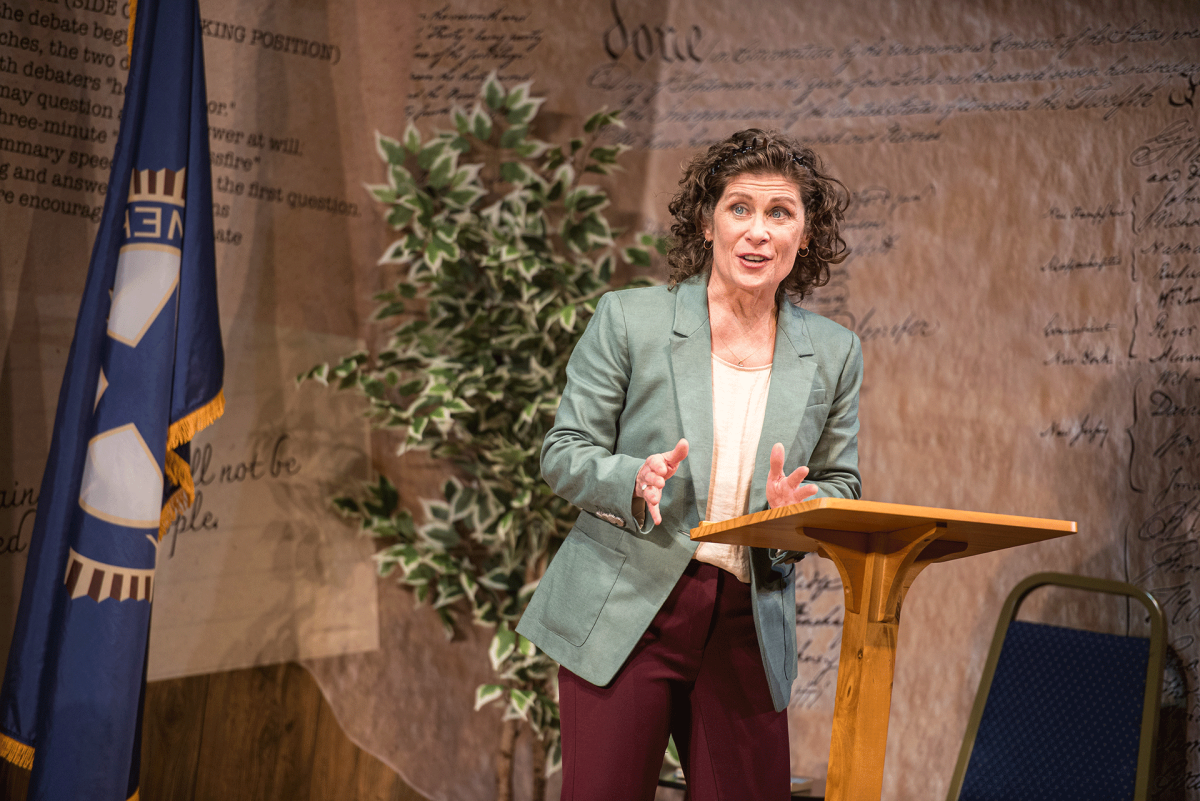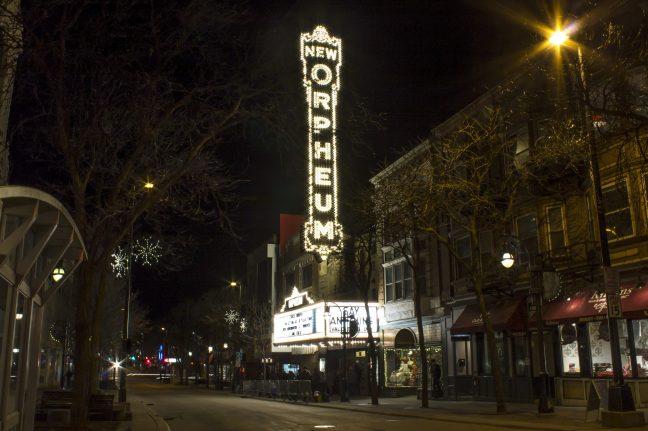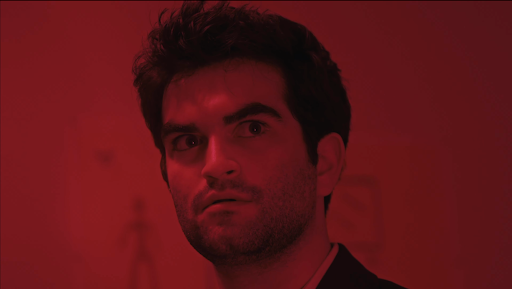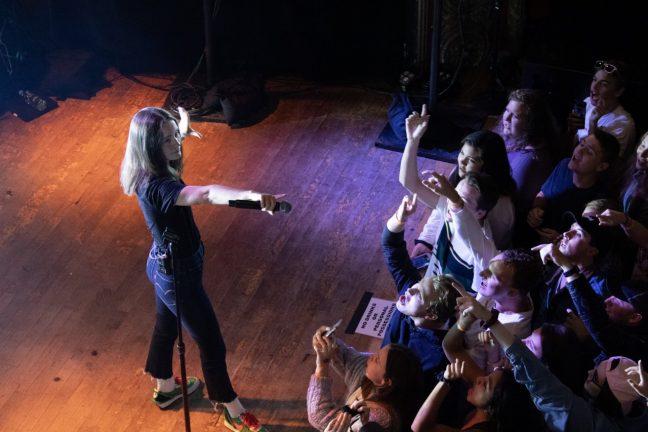
The most recent, visually stunning film from Danish director Lars von Trier, “Melancholia,” is without question the masterpiece of his career. Tackling the staggering subject of the apocalypse, von Trier has managed to present the end of days as both heart-wrenching and beautiful.
He begins with an eight-minute prologue similar in magnitude and theme to the opening of “2001: A Space Odyssey.” But where Stanley Kubrick begins with the dawn of man, von Trier begins with the demise. Both brilliant and abrasive, von Trier opens with a string of startling images behind the score of German composer Richard Wagner’s classical piece, “Tristan und Isolde.”
Birds fall from the sky behind a chilling close-up of a nakedly desolate woman (Kirsten Dunst, “All Good Things”). A mother (Charlotte Gainsbourg, “Antichrist”) futilely carries her son as her feet melt into the ground like a Salvador Dali painting. A bride, Justine (Dunst), floats down a creek like Ophelia, and it all ends with a cosmic view of the collision of the two planets. Any single still photo from the opening sequence could serve as a piece of art in its own right.
After this undeniably enthralling intro, the entire film becomes a flashback to the events leading up to the Earth’s eventual destruction. The film is split into two acts.
The first begins with a wedding, and is named after Justine – a slightly bipolar ad copywriter recently wed to a mundane but sympathetic husband (Alexander Skarsg?rd, “13”). They arrive late to their own reception, met by Justine’s frantic sister Claire (Gainsbourg) and Claire’s impressively wealthy husband, John (Kiefer Sutherland, “24”). Before they join the party, Justine notices a red speck in the sky that seems brighter than surrounding stars. John misreads it as a star, but as seen in the prologue, the audience knows it to be “Melancholia,” a red planet on a collision course with Earth.
The reception takes place at John and Claire’s castle-like home, which is grandiose enough to garner even Mr. Darcy’s envy. Claire has planned the event to a vigorously-rigid schedule that is destined to fail from the start. The reception moves along through scene after scene of uncomfortably tense and awkward situations.
Justine becomes increasingly despondent throughout the wedding, retreating to take naps or bathe while her guests wait on her. On what is supposed to be the greatest day of her life, the appearance of Melancholia has thrown her into an unstoppably self-destructive state. The night ends in unrequited affection, and Justine’s new husband leaves with his parents.
The second act, “Claire,” is less condensed and details the long days of fear and anxiety leading up to the day when Melancholia is supposed to pass by Earth. John, fittingly portrayed by Sutherland as a man who is always in control, is constantly reassuring and comforting Claire with full confidence of the impossibility that the planets will meet.
As Melancholia comes closer, the sisters become two ships passing in the night, trading anxieties. The planet’s gradually greater presence weighs heavy on Claire’s mind and loosens Justine’s.
Justine’s sudden bliss comes from her mysterious knowledge of the impending cataclysm. She muses to her sister, “I know things.” Later, perhaps speaking through the morbidly cynical director, she says, “The Earth is evil; we don’t need to grieve for it. Nobody will miss it.”
This is not a story about the destruction of the planet. This is a story about the existential crises of people faced with the disintegration of their entire world. Von Trier points to the complete futility and absurdity of happiness in a world destined for annihilation.
Where Claire falls apart when she finally realizes her doom, Justine slowly falls into a serene sense of satisfaction as she faces the end. The audience will relate more with Claire than Justine, though it is clear Justine is a picture into the director’s own depressed and fatalistic mind.
The final 30 minutes of the film refuse the audience a moment to breathe. Viewers’ throats are thick and hearts heavy as they see the foreshadowed scenes of the prologue illuminated in context – as the Earth takes its final breaths before the end.
Despite some gaps in the basics of Newtonian physics, von Trier has created a film equal to the magnitude of its theme. “Melancholia” has succeeded in seamlessly instilling a sublime sense of fear, pleasure and tension in its audience, members of which must hold their breath and brace themselves for one of the most picturesque and transfixing images of the mortality of humanity to date.


























